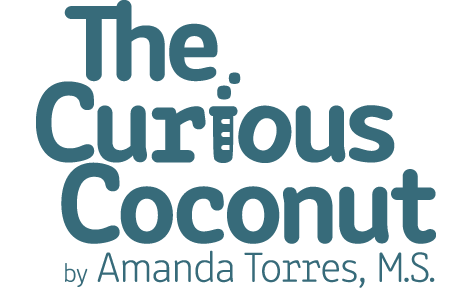"Abstract
BACKGROUND:
The contemporary American diet figures centrally in the pathogenesis of numerous chronic diseases-'diseases of civilization'. We investigated in humans whether a diet similar to that consumed by our preagricultural hunter-gatherer ancestors (that is, a paleolithic type diet) confers health benefits.
METHODS:
We performed an outpatient, metabolically controlled study, in nine nonobese sedentary healthy volunteers, ensuring no weight loss by daily weight. We compared the findings when the participants consumed their usual diet with those when they consumed a paleolithic type diet. The participants consumed their usual diet for 3 days, three ramp-up diets of increasing potassium and fiber for 7 days, then a paleolithic type diet comprising lean meat, fruits, vegetables and nuts, and excluding nonpaleolithic type foods, such as cereal grains, dairy or legumes, for 10 days. Outcomes included arterial blood pressure (BP); 24-h urine sodium and potassium excretion; plasma glucose and insulin areas under the curve (AUC) during a 2 h oral glucose tolerance test (OGTT); insulin sensitivity; plasma lipid concentrations; and brachial artery reactivity in response to ischemia.
RESULTS:
Compared with the baseline (usual) diet, we observed (a) significant reductions in BP associated with improved arterial distensibility (-3.1+/-2.9, P=0.01 and +0.19+/-0.23, P=0.05);(b) significant reduction in plasma insulin vs time AUC, during the OGTT (P=0.006); and (c) large significant reductions in total cholesterol, low-density lipoproteins (LDL) and triglycerides (-0.8+/-0.6 (P=0.007), -0.7+/-0.5 (P=0.003) and -0.3+/-0.3 (P=0.01) mmol/l respectively). In all these measured variables, either eight or all nine participants had identical directional responses when switched to paleolithic type diet, that is, near consistently improved status of circulatory, carbohydrate and lipid metabolism/physiology.
CONCLUSIONS:
Even short-term consumption of a paleolithic type diet improves BP and glucose tolerance, decreases insulin secretion, increases insulin sensitivity and improves lipid profiles without weight loss in healthy sedentary humans."




